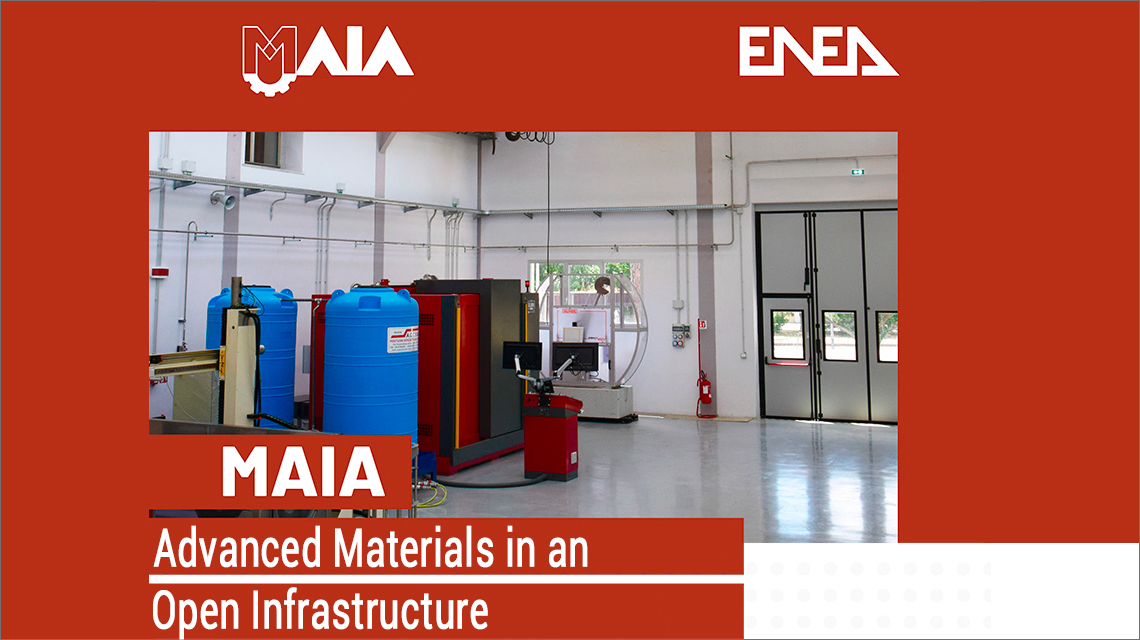Italian National Agency for New Technologies, Energy and Sustainable Economic Development

Industry: ENEA inaugurates €4 million maxi-infrastructure for advanced materials and 3D printing
A unique infrastructure in Italy was born for the development, 3D printing, characterization and treatment of next generation components and materials, at the service of research and industry in the aerospace, biomedical, energy and automotive sectors. It is called MAIA (Advanced Materials in an Open Infrastructure) and was inaugurated last June at the ENEA Casaccia Research Center (Rome). Funded with an investment of over 4 million euros by the Lazio Region and ENEA, MAIA is able to produce lighter and more durable materials and components than those manufactured with traditional technologies, while maintaining high functionalities and mechanical resistance at lower costs.
Thanks to its excellent equipment, MAIA is able to provide advanced services to companies and support highly innovative research programs: in addition to technological halls, innovative instrumentation, 3D printing equipment for metals, advanced non-destructive diagnostic systems and thermomechanical and metallurgical treatments for components, MAIA is also equipped with characterization tools, synthesis and development process of sustainable components and technologies.
MAIA will in fact allow the industry to innovate many of the country's key production sectors: in aerospace, for example, it will allow to build components for aircraft engines in titanium alloys that offer strength and lightness; in the energy sector it will facilitate the creation of lighter turbines and blades compared to traditional methods, guaranteeing functionality, lightness and efficiency; in the automotive sector it will be useful for the development of components characterized by excellent mechanical resistance, reduced weight and with improved performances.
Gilberto Dialuce, Presidente of ENEA, commented: “MAIA is the result of our constant commitment to technological innovation and research. With this infrastructure – he added – ENEA positions itself as a leader in materials research and additive manufacturing, positioning itself as a reference center of excellence on the national scene.”
In addition to these opportunities, MAIA will allow to recreate components that are now obsolete and out of production, extend the life of an industrial machinery, also allowing, already in the design phase, to lighten the component or use more resistant materials to corrosion. Compared to subtractive and foundry processes, both individual components can be manufactured with less energy, resources and pieces to assemble, and components with complex geometries manufactured with materials that are difficult to be processed, such as titanium alloys. Finally, it will be possible to quickly create and test prototypes of components that can subsequently be manufactured on a large scale.
“The MAIA infrastructure is not just an advanced research laboratory, but a real engine of innovation, a revolution in the production of materials useful for various sectors of our country's production system”, highlights ENEA General Director Giorgio Graditi. “The application examples of the materials developed by MAIA – he concludes – are testimony to the ENEA's commitment towards sustainable and high-tech solutions to actively contribute to the ecological transition”.
